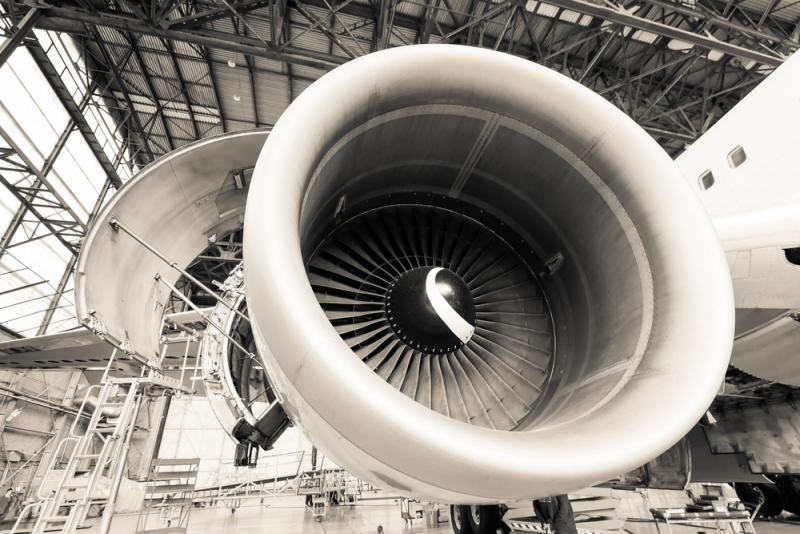Stop and think about all the airline flights taking off and landing all over the world on a daily basis. When you do so, you likely realize how impressive it is with so few accidents to report.
That said one accident is one too many.
Airline manufacturers and those flying planes work to do everything to make it safe.
From building a plane to making sure safety is a priority along the way, there is much to do to keep the public safe.
So, are you confident you’re as safe as can be each time you take to the skies?
All Airplane Parts and Personnel Must Work Like a Fine-Tuned Engine
If you took the time to dissect the makeup of a plane, you’d see that it has many different parts working within unison. As such, it only takes one part to fail to put lives in danger.
For example, do you know what standard O-ring material applications do?
They are in use in a variety of things including planes.
With seals in place for engines, they stop fluid reaching areas that could be dangerous. They also prevent dirt and air from infiltrating the system they are in use for.
In having the right O-rings in place, a plane is able to function at variable temperatures.
Stop for a minute to think about the temperature fluctuations a plane must endure.
In some aircraft, technology allows you to see the flying conditions your plane is working with in the back of the seat in front of you. This includes the outside temperature.
There’s tremendous pressure on O-rings and other items that make up the pieces of a plane. As such, they must be able to do the job or risk the integrity of the plane. Constant testing of O-rings and other vital parts of a plane lead to a better safety record at the end of the day.
Another item involved in the efficiency and safety of planes would be the makeup of the plane itself.
Note today’s planes have the makings of lighter and more durable composite materials.
Following 9/11, cockpits had reinforcement to make it all but impossible for a breach. Of most importance passengers who have bad intentions in mind.
Today’s planes also offer more glass cockpit technological instrumentation.
While this can be a good thing, some may fear the cockpits have too much technology in them for some pilots to grasp.
Last, passengers have a role to play too.
Before boarding a plane, passengers should make sure they adhere to FAA requirements. This is of most importance when going through security.
Airport security technology has seen improvement over the years.
That said one still sees some people getting through with dangerous items in their bags. As such, it slows down the ability of airlines to stick to their schedules and can put many people at risk.
Even though you see the occasional crash in the news, it does not happen with regularity.
As manufacturers, employees, and passengers make for safer commercial flying experiences, everyone wins.




